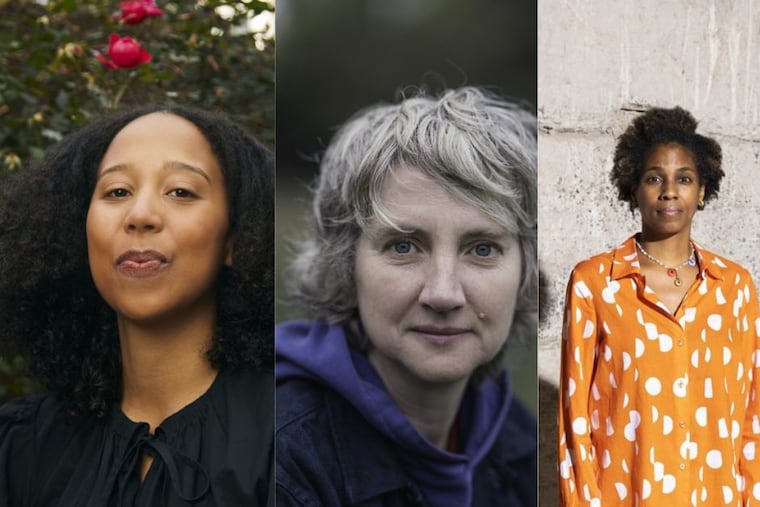Five artists at this year’s Whitney Biennial have very close Philly ties
The annual exhibit at the Whitney Museum of American Art has been cocurated by ICA's former associate curator, Meg Onli

The annual exhibit at the Whitney Museum of American Art has been cocurated by ICA's former associate curator, Meg Onli
